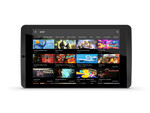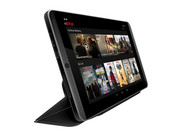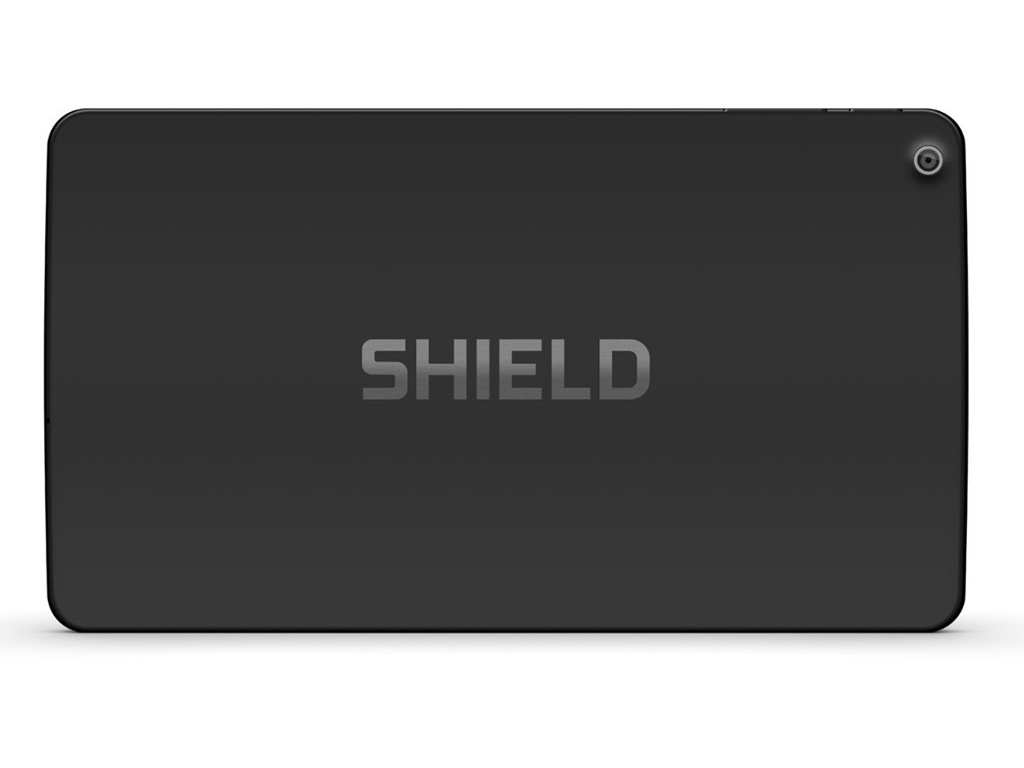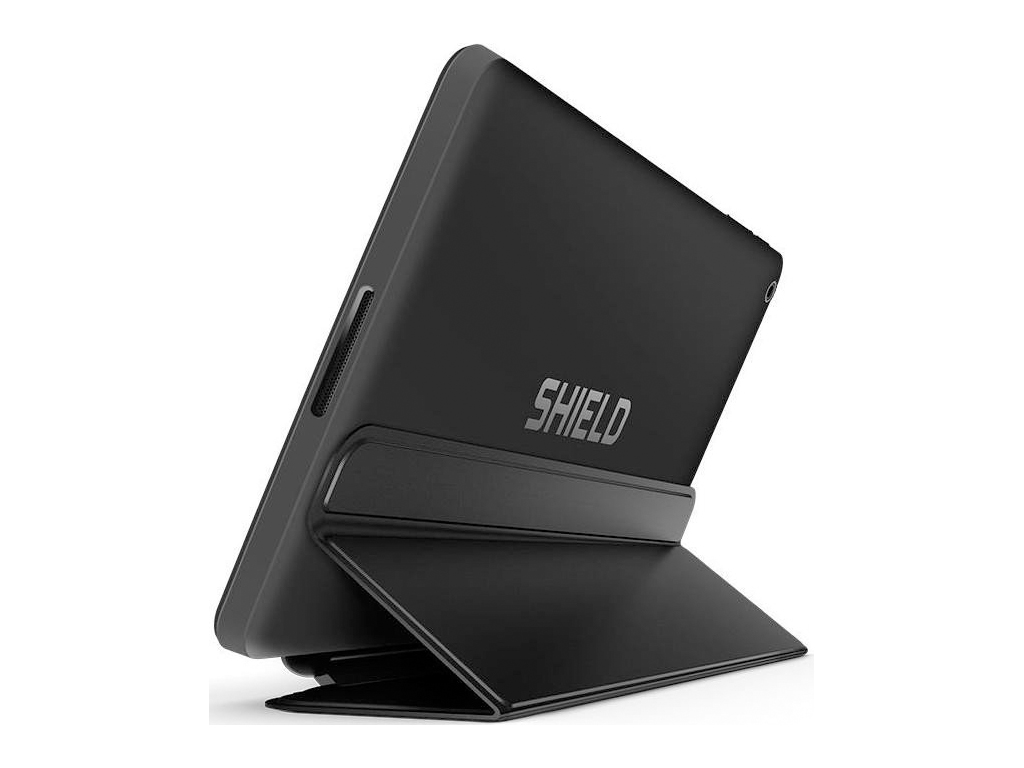NVIDIA Shield Tablet K1
Specifiche tecniche

Price comparison
Media dei 6 punteggi (dalle 6 recensioni)
recensioni per NVIDIA Shield Tablet K1
Sorgente: PC Mag
 EN→IT Archive.org version
EN→IT Archive.org versionThe Nvidia Shield Tablet K1 is a great midrange slate, and not just for gaming. It delivers powerful performance, a light and unassuming body, and very good battery liffe. Add to that the fact that it can play more games than any other Android tablet, and you have a winner for gamers and non-gamers alike. The Predator 8 gets you better sound quality and haptic feedback, but it costs $100 more and doesn't have access to GeForce Now games. The Galaxy Tab S2 is another good choice, with a sharper screen and multi-window multitasking, but it's even more expensive at $400. That makes the K1 a top pick among midrange tablets, and an Editors' Choice.
Singola recensione, disponibile online, Cortissimo, Data: 03/18/2016
Valutazione: Punteggio totale: 80%
Sorgente: Expert Reviews
 EN→IT Archive.org version
EN→IT Archive.org versionWe loved the Nvidia Shield when it first arrived, and the price cut only makes us love it more. For £150 there’s very little else out there that’s as powerful or as flexible when it comes to gaming. Losing the stylus and power adaptor to significantly lower the price doesn’t make it any less of a bargain, as we didn’t find the stylus very useful and have plenty of USB cables lying around. The design, while tweaked, can’t compete with the Asus ZenPad S, and many will prefer Google’s Nexus 9 for its 4:3 aspect ratio display, but you’ll have to spend significantly more to get anything better. It retains its Best Buy award.
Singola recensione, disponibile online, Cortissimo, Data: 02/19/2016
Valutazione: Punteggio totale: 100%
Sorgente: Trusted Reviews
 EN→IT Archive.org version
EN→IT Archive.org versionWith the Shield Tablet K1, Nvidia has done it again – producing an excellent mobile gaming device in the form of a powerful Android tablet. And all for the very affordable price of £149.
Singola recensione, disponibile online, Corto, Data: 11/17/2015
Valutazione: Punteggio totale: 90%
Sorgente: Recombu
 EN→IT Archive.org version
EN→IT Archive.org versionAt just £149, the Nvidia Shield Tablet K1 offers very strong value for money - although of course you'll need to stump up anohter £49.99 for the controller and £19.99 for the Nvidia cover. However, that's still a solid deal and well worth grabbing if you're a big gaming fan and don't already own last year's Shield Tablet.
Singola recensione, disponibile online, Cortissimo, Data: 11/17/2015
Valutazione: Punteggio totale: 90%
Sorgente: Android Magazin - Heft 3/2016

Singola recensione, , Sconosciuta, Data: 05/01/2016
Valutazione: Punteggio totale: 86%
Sorgente: Tabletowo
 PL→IT Archive.org version
PL→IT Archive.org versionSingola recensione, disponibile online, Medio, Data: 12/06/2015
Valutazione: Punteggio totale: 82% schermo: 90% mobilità: 75% qualità di lavorazione: 80% ergonomia: 65%
Commenti
NVIDIA GeForce ULP K1 (Tegra K1 Kepler GPU): Scheda grafica integrata nel SoC Tegra K1 che si basa sull'architettura Kepler. Sfrutta un unico SMX con 192 cores ed ha il supporto OpenGL 4.4 (i.e. con Tessellation).
La maggior parte dei giochi attuali può essere giocata in modo fluido. Ma preparatevi ad una riduzione delle presentazioni grafiche considerando le impostazioni di dettaglio basse e la risoluzione limitata. Tuttavia, queste schede forniscono ancora abbastanza potenza per le applicazioni da ufficio e la proiezioni di video (ma non per i video HD).
>> Ulteriori informazioni le potete trovare nel nostroConfronto delle schede grafiche e nella nostra Lista dei Benchmark.
K1: System on a Chip (SoC) per smartphones e tablets. Integra una CPU 4+1 Cortex-A15 ed una GPU Kepler-based con 192 CUDA cores.
>>Ulteriori informazioni le potete trovare nel nostroConfronto dei processori per portatili.






